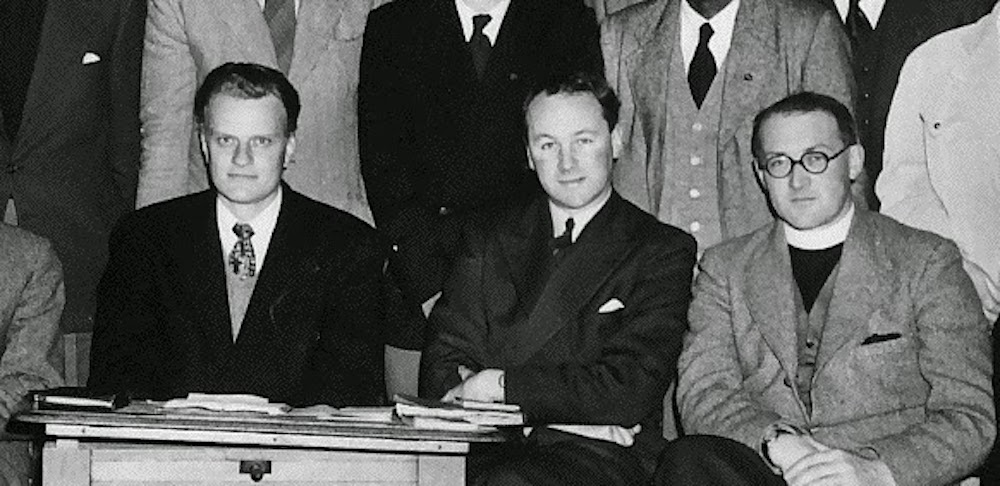It’s a fairly banal observation, at this point, to note that the success of Billy Graham and other mid-century evangelicals, like Carl F. H. Henry and Harold Ockenga, came from their ability to formulate a centrist vision of American Protestantism. To their right stood the fundamentalists and on their left was the mainline. Like the fundamentalists, evangelicals held to a high view of Scripture—many of the leaders of this centrist, mid-century evangelicalism would be involved in drafting the Chicago Statement on Inerrancy—as well as the centrality of the cross and the necessity of personal repentance. Like the mainline, they valued the life of the mind and were concerned with the social applications of the Gospel. Out of this attempt to balance the perceived poles of American Protestantism came the most successful branch of the movement in 20th century America.
Login to read more
Sign in or create a free account to access Subscriber-only content.
Topics:
